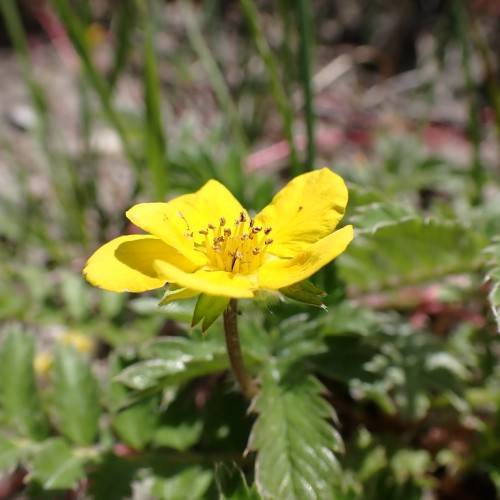
silkweed
Potentilla anserina
Cycle:
Herbaceous Perennial
Watering:
Average
Hardiness Zone:
4 - 7
Flowers:
Flowers
Sun:
Full sun
Leaf:
Yes
Growth Rate:
Low
Maintenance:
Low
Drought Tolerant:
Yes
Care Level:
Medium
watering
Silkweed should be watered 2 to 3 times a week, depending on the season and weather conditions. In the spring and summer, water more often when the top of the soil begins to look dry. During the winter, reduce the amount of watering, allowing the soil to dry out more between watering. Avoid over-watering, as it can cause root rot.
sunlight
Silkweed plants require full sun throughout the entire growing season, or about 6-8 hours of direct sunlight each day. The best time of day for silkweed to receive light is between 10am and 4pm. During this time, the sun will be highest in the sky and provide the most intense light. In the winter months, however, the sun will be at a much lower angle and the hours of light available are shorter. This will reduce the amount of sunlight available to your silkweed plants. Be mindful of this if you live in an area where winters are especially cold and daylight hours are short.
pruning
Silkweed (Potentilla anserina) should be pruned in early spring or late winter before the growing season starts. Pruning should be light, removing only the old woody shoots and dead flower heads. Pruning in midsummer may encourage new growth, however, it should be limited to removing a few shoots. Always keep in mind that pruning too much can reduce flowering the following season, so it is best to err on the side of caution.
